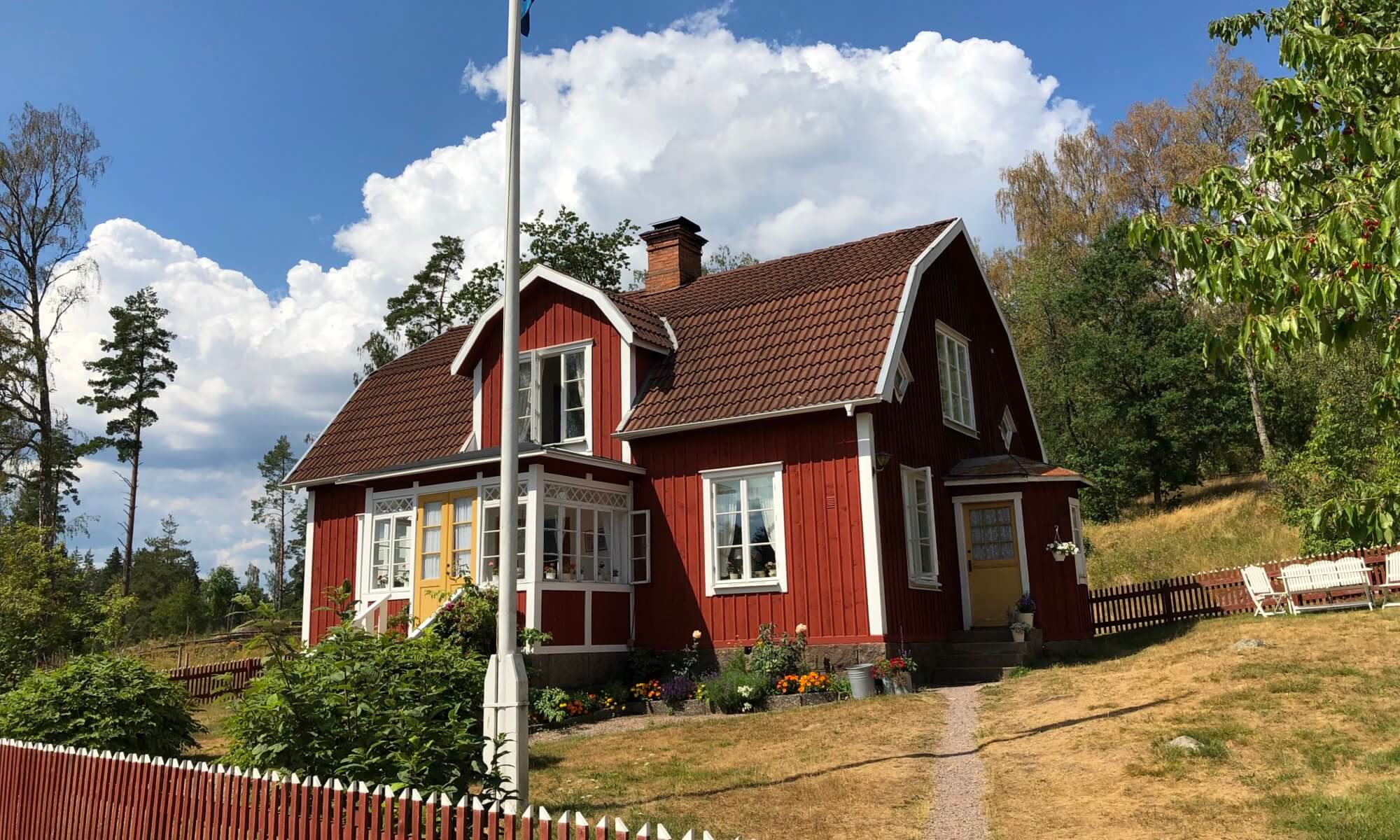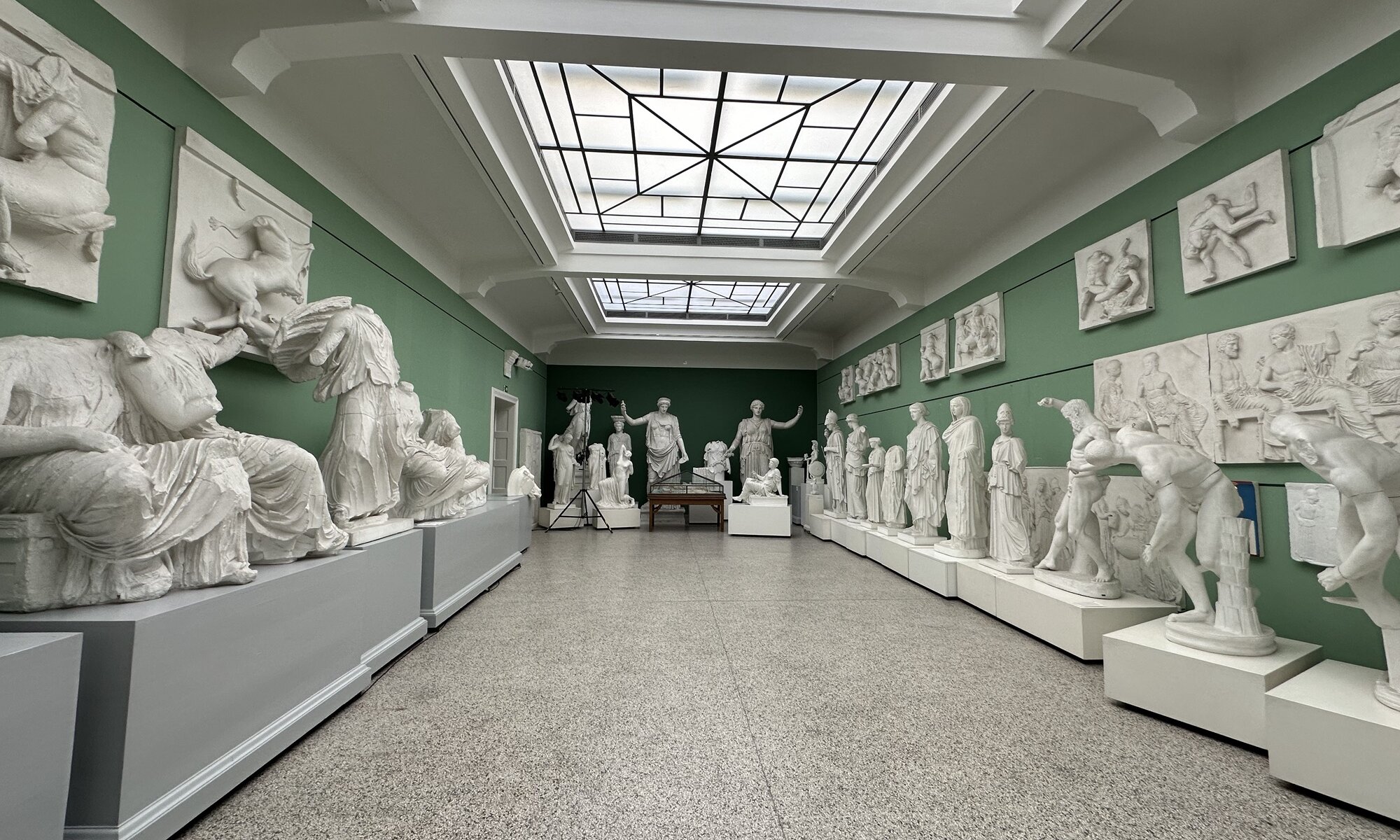No time to visit the Louvre, the British Museum, the Prado and the Musei Vaticani? Fortunately the university of Göttingen has the oldest collection of replicas of statues of the classical era – and still today it is one of the largest collections in the world. The 2,000 plaster casts stored by the archaeological institute show works exhibited in 150 museums around the globe. 1,000 of them are permanently on display, including the Venus de Milo, the Winged Victory of Samothrace and Laocoön and His Sons. The collection of mostly Roman and Greek statues was started by professor Christian Gottlob Heyne in the year 1767 for his own lectures.
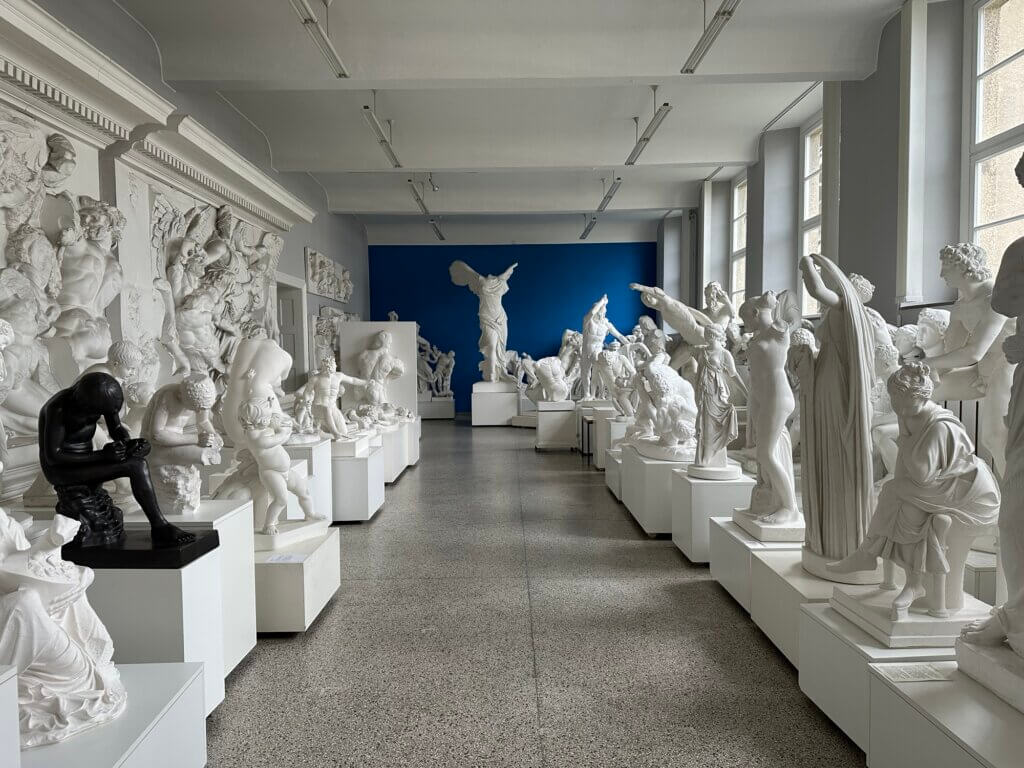
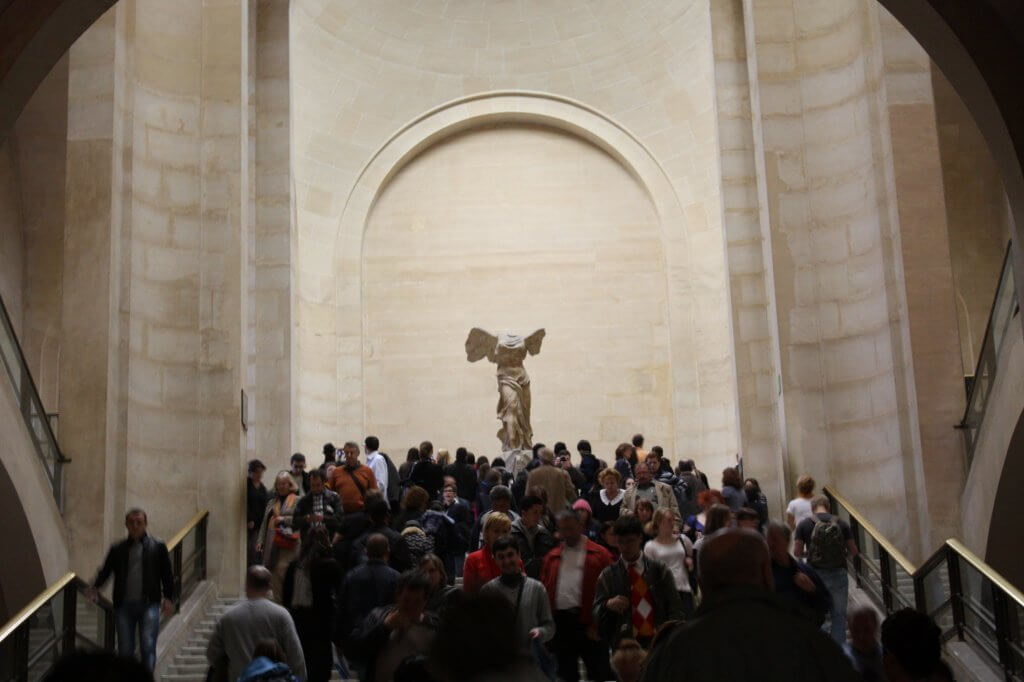
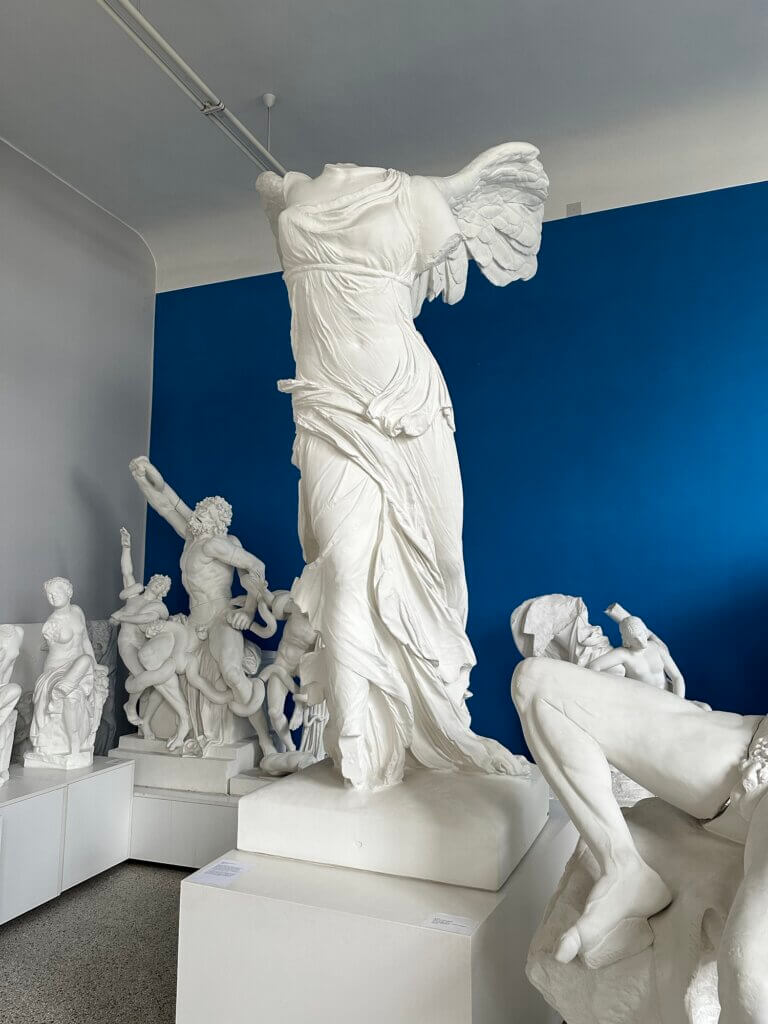
The first parts of the collection were 18 replicas of Roman emperors situated by that time at Herrenhausen, Hannover. It was continuously extended over time by donations and acquisitions. Producing plaster casts was rather cheap, but the transportation costs for the partially very large statues were rather high. Karl Otfried Müller managed to acquire a copy of the Venus de Milo from the Louvre. He exhibited the replicas at the Paulinerkirche, an important university building. Later they were shown at the Aula at the Wilhelmsplatz and since the year 1912 they are located at the current building at the Nikolausberger Weg.
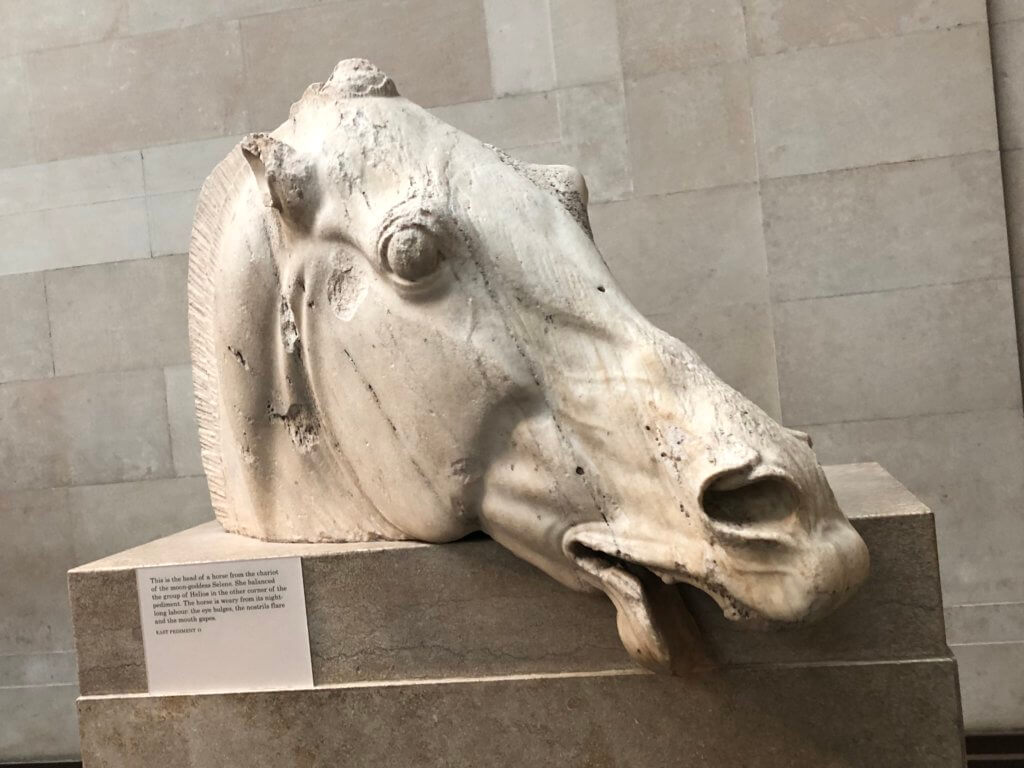
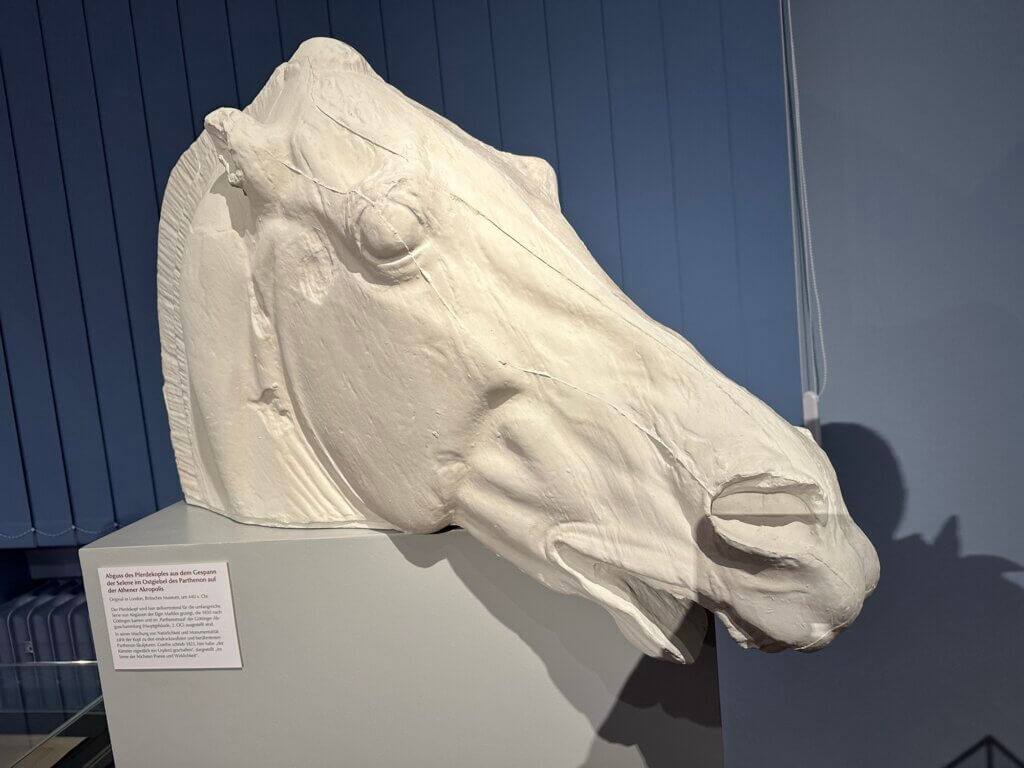
In 1930 the collection could be extended with copies of the so-called Elgin Marbles that are a part of the Parthenon of the Acropolis. Many of the items have travelled a long way: the originals of the plaster casts can be found at Αθήνα, Berlin, Frankfurt am Main, København, London, Madrid, München, Napoli, Paris, Roma; at museums like the Musei Vaticani, Ny Carlsberg Glyptotek, Staatliche Museen Berlin, Louvre, Prado, British Museum. Some are copies of artworks still in place like a segment of the Colonna Traiana at the Forum Traiani or a piece of the Basilica di San Marco at Venezia.
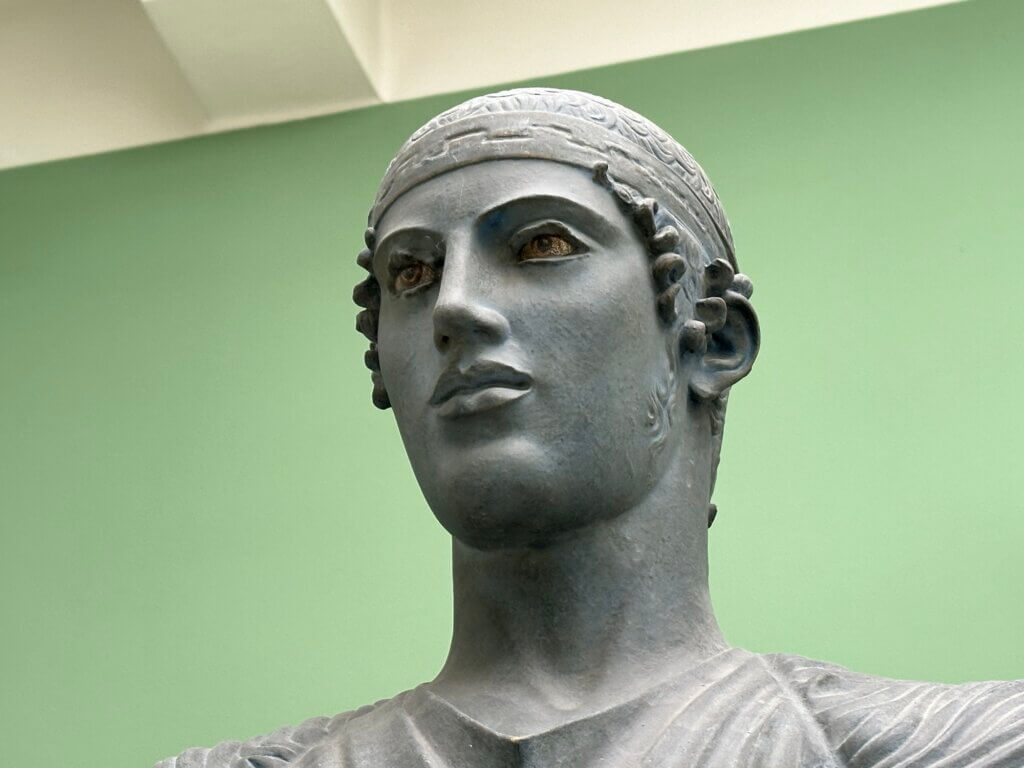
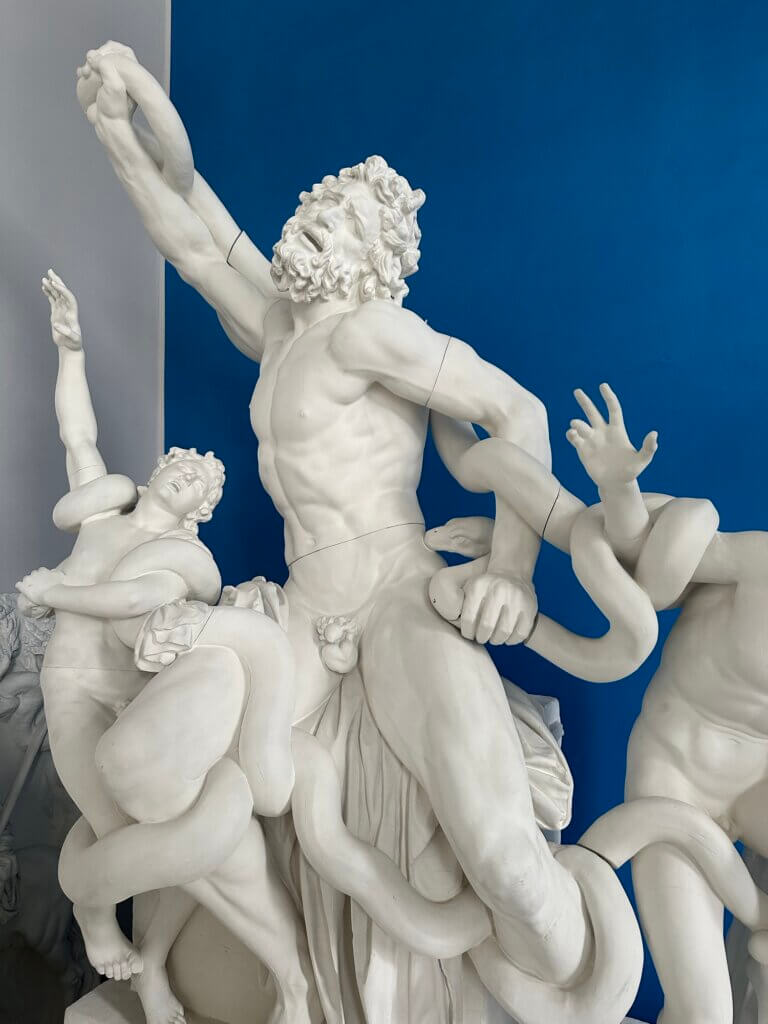
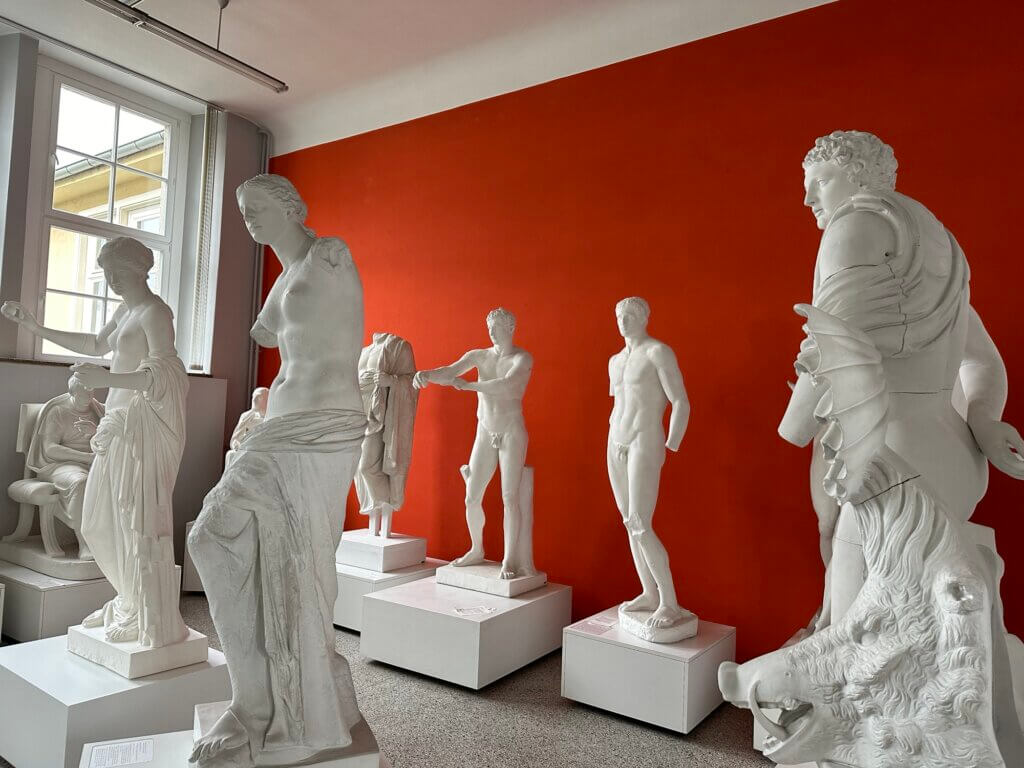
Unfortunately the collection was not only extended, but had to be reduced as well in 2023. From 1979 until then it contained the Sammlung Wallmoden which was only on loan from the House of Welf at Hannover. Johann Ludwig von Wallmoden had acquired Roman orginals at Roma in 1765; he was a son of George II of Great Britain. In 2023 the owner Prince Ernst August of Hanover decided to end the loan. Seven works were brought to England, the rest is right now stored in an unknown location.
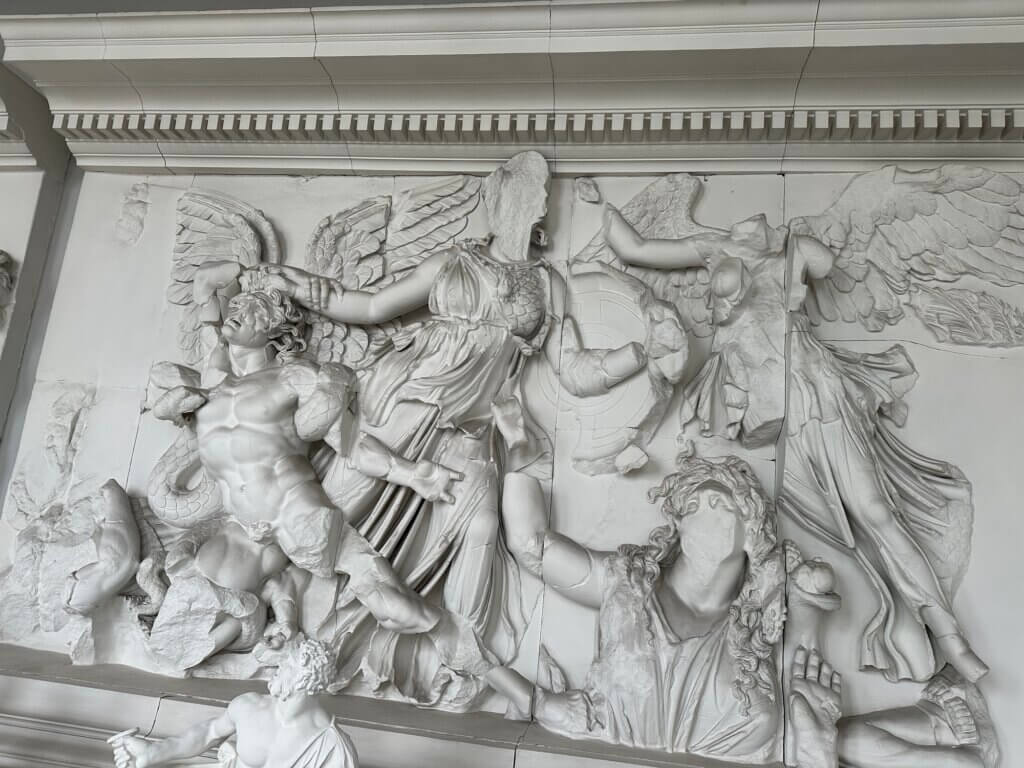
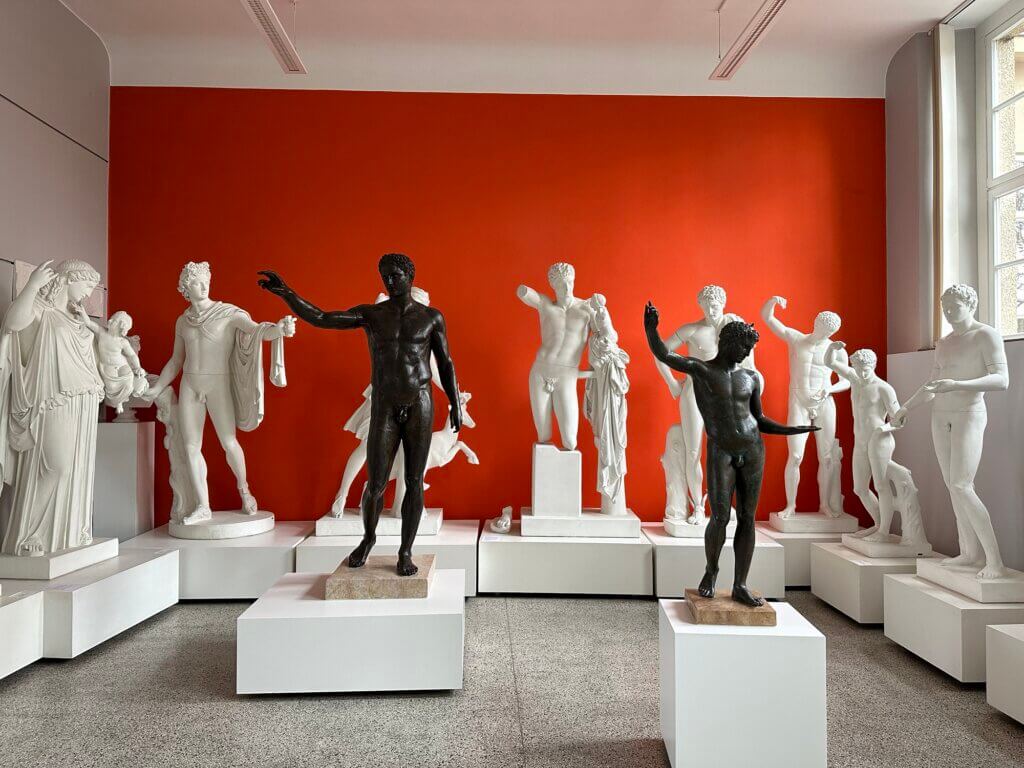
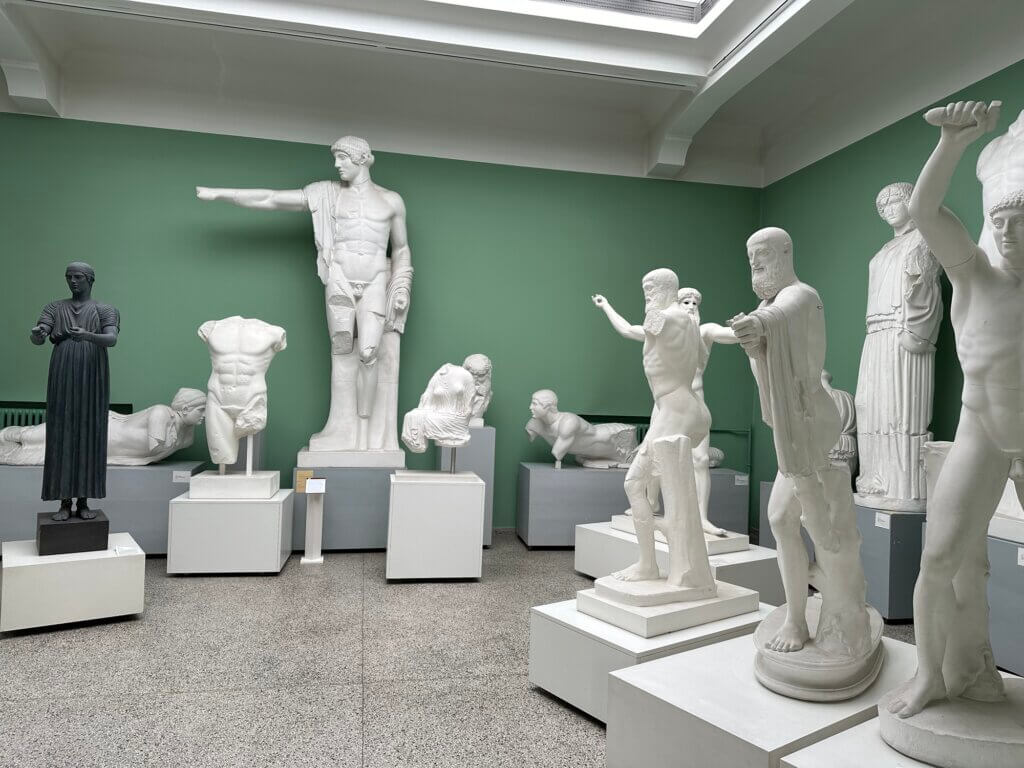
The collection is open to the public only on Sundays between 11 am and 4 pm. Guided tours by the staff and by students are offered regularly – you can find them on the web site of the archaelogical institute (linked below). In the 1970s the collection was redesigned presenting the plaster casts like in a museum. This included painting the walls in bright colours which creates a great contrast between the white plaster and the coloured walls. By the way: the walls didn’t have to be painted since the 1970s and still like as fresh as back in the days.
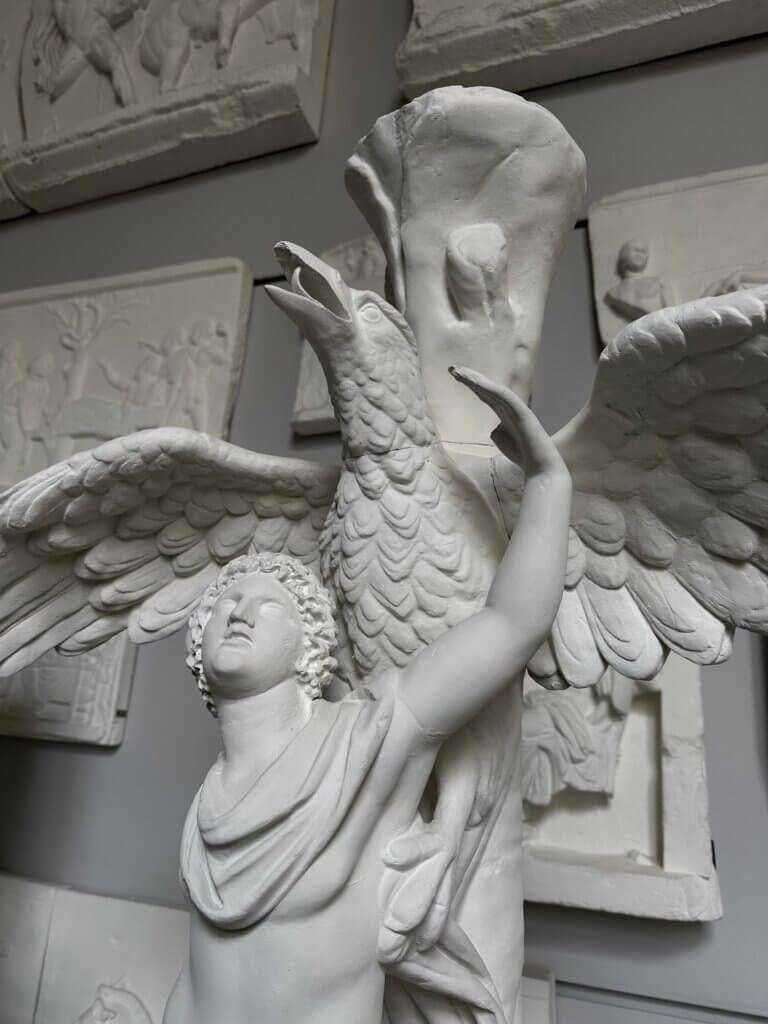
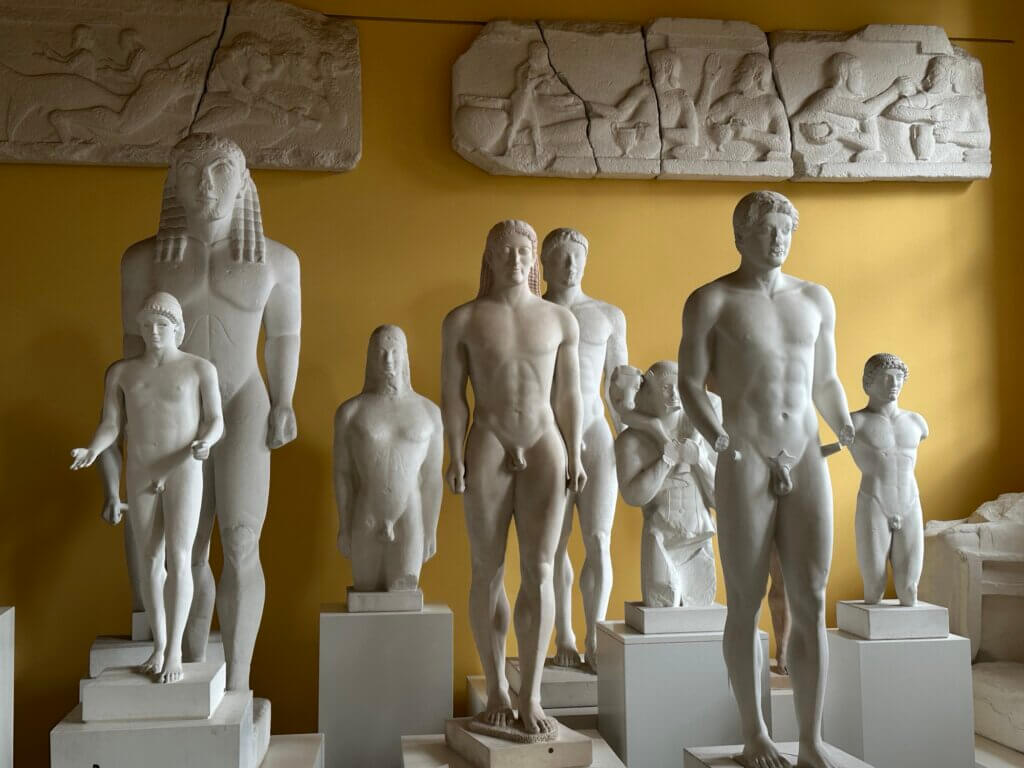
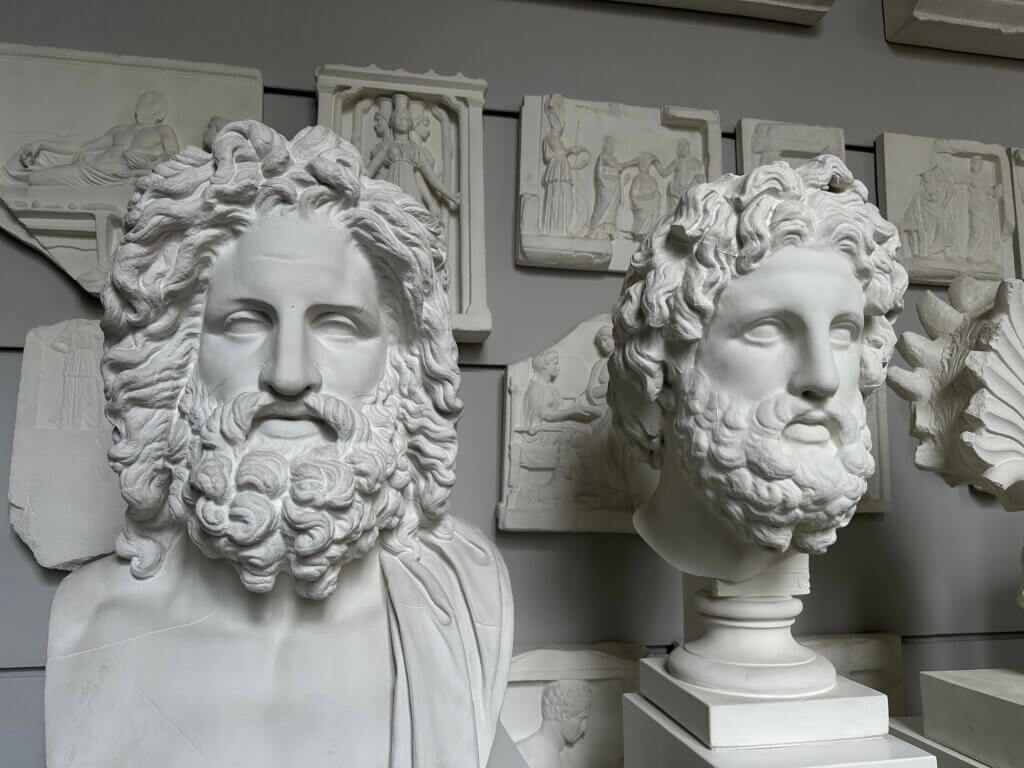
Presenting replicas this way was a very unusual thing. Over time the value of plaster casts for science was seen as very low, some universities even destroyed their collections. Later this was corrected and especially the option to compare artworks that are stored distributed around the global was seen as a real value of heaving a replica collection. You can find the Sammlung der Gipsabgüsse antiker Skulpturen within the Seminargebäude of the Archäologisches Institut at the Nikolausberger Weg – very close to the city center, the Weender Tor and the main campus of the university (but at a place people normally do not pass by). Even the building created in 1912 would already be worth a visit.
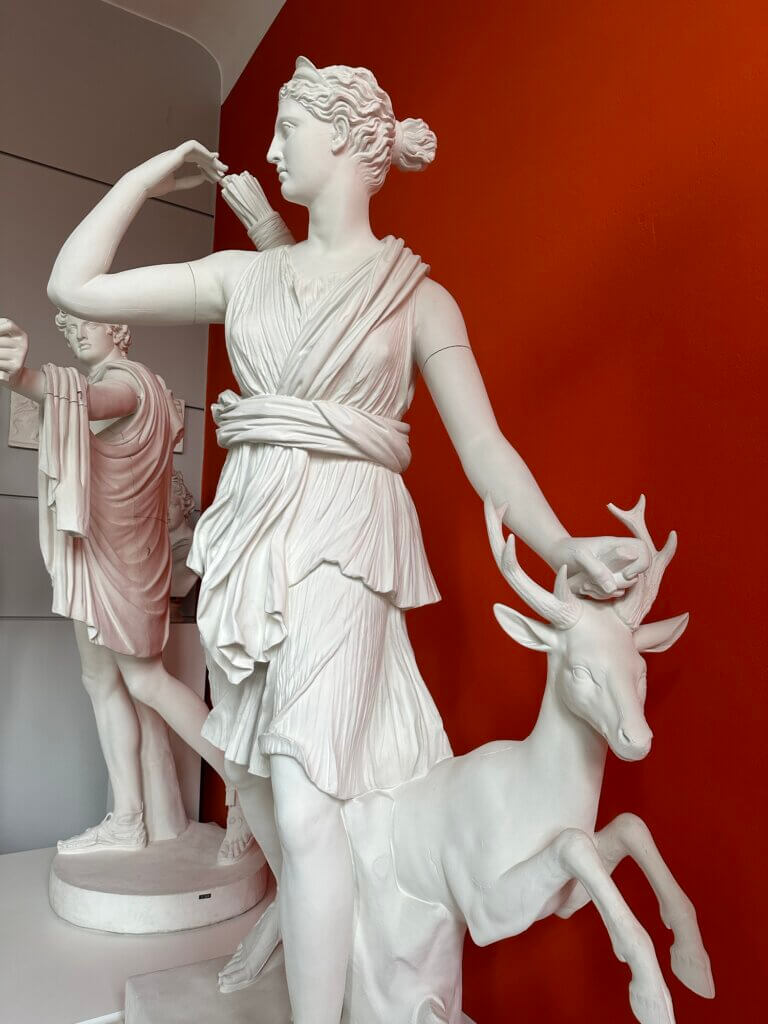
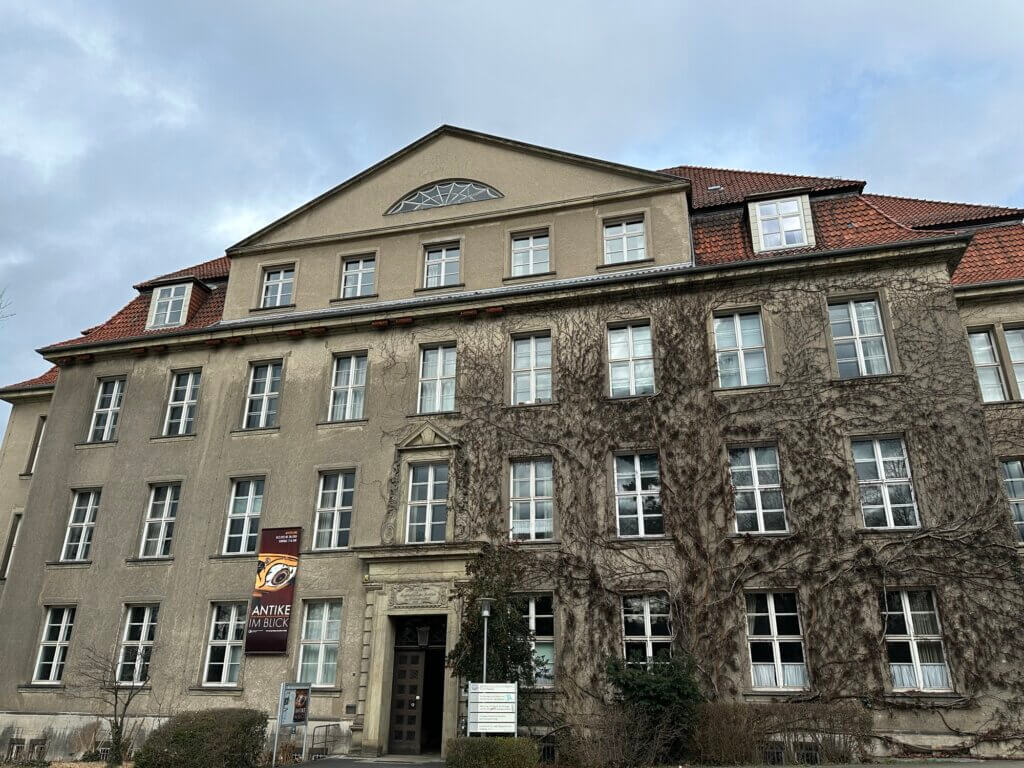
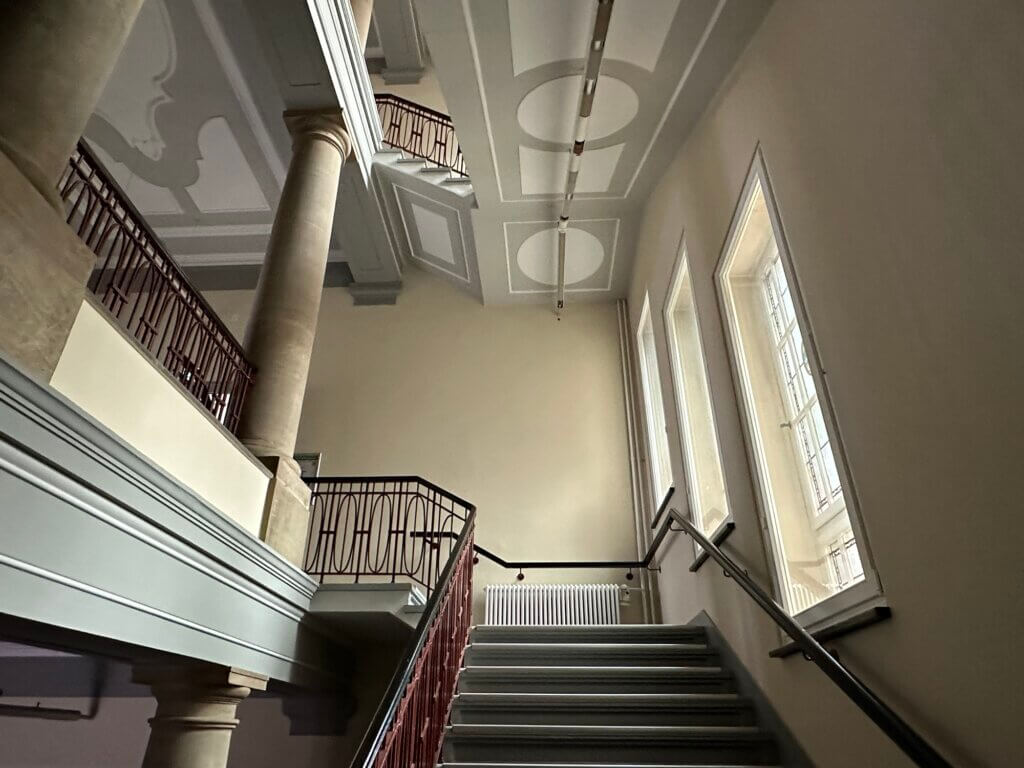
Sammlung der Gipsabgüsse antiker Skulpturen
Archäologisches Institut
Seminargebäude
Nikolausberger Weg 15
37073 Göttingen
Germany
https://www.uni-goettingen.de/de/137334.html
http://www.viamus.de
Loading map...

